Once a greenhouse structure is built various techniques, devices, etc. must be added in order to control the environment. Control systems include those for lighting, heating, cooling, relative humidity and carbon dioxide enrichment.
LIGHT: *Importance: Maximum light transmission, of the appropriate quantity and quality
(photosynthetically active radiation, 400-700 nm), through the greenhouse structure to the plants is crucial for optimum photosynthesis, growth and yield.
*Structural considerations: Large sections of glazing material (glass, polyethylene, polycarbonate, etc.), held in place by few supports, results in higher light levels and less shading.
Minimize other opaque structures above the crop that would cause shading such as heaters, carbon dioxide generators, opaque vents, etc.
*Too much light: Occurs in high light regions such as the desert southwest USA (including Arizona), Mexico, Spain, Australia, etc. during the summer months. Shade paint/white wash: A mixture sprayed on the outside of the greenhouse. This will either wear off by the end of the summer or it can be washed off. External shade cloth: Fabric cloth, placed on the outside of the greenhouse, made of varying degrees of mesh size to exclude specific amounts of light
(ex.: 30%, 40%, 50% shade). Internal shade cloth: Fabric cloth, as above, hung inside the greenhouse.
*Too little light: Occurs above/below 300 north/south latitudes during the “winter”. White reflective ground covers: These are now in common use in commercial greenhouses in all locations and can significantly increase light levels to the plant canopy.
Artificial lights: Used above 300 north/south latitudes to extend the winter growing season.
Provide day length control (photoperiod) that can initiate plant processes. Provide proper timing of light to control growth (photomorphogenesis). Typical lamp types include incandescent, fluorescent, mercury vapor, high pressure sodium and low pressure sodium. Artificial lighting COSTS MONEY! Therefore, choosing a location that minimizes the use of lights increases profits. Artificial lighting is most cost effective for “transplants” since they require less space.
LIGHT: *Importance: Maximum light transmission, of the appropriate quantity and quality
(photosynthetically active radiation, 400-700 nm), through the greenhouse structure to the plants is crucial for optimum photosynthesis, growth and yield.
*Structural considerations: Large sections of glazing material (glass, polyethylene, polycarbonate, etc.), held in place by few supports, results in higher light levels and less shading.
Minimize other opaque structures above the crop that would cause shading such as heaters, carbon dioxide generators, opaque vents, etc.
*Too much light: Occurs in high light regions such as the desert southwest USA (including Arizona), Mexico, Spain, Australia, etc. during the summer months. Shade paint/white wash: A mixture sprayed on the outside of the greenhouse. This will either wear off by the end of the summer or it can be washed off. External shade cloth: Fabric cloth, placed on the outside of the greenhouse, made of varying degrees of mesh size to exclude specific amounts of light
(ex.: 30%, 40%, 50% shade). Internal shade cloth: Fabric cloth, as above, hung inside the greenhouse.
*Too little light: Occurs above/below 300 north/south latitudes during the “winter”. White reflective ground covers: These are now in common use in commercial greenhouses in all locations and can significantly increase light levels to the plant canopy.
Artificial lights: Used above 300 north/south latitudes to extend the winter growing season.
Provide day length control (photoperiod) that can initiate plant processes. Provide proper timing of light to control growth (photomorphogenesis). Typical lamp types include incandescent, fluorescent, mercury vapor, high pressure sodium and low pressure sodium. Artificial lighting COSTS MONEY! Therefore, choosing a location that minimizes the use of lights increases profits. Artificial lighting is most cost effective for “transplants” since they require less space.























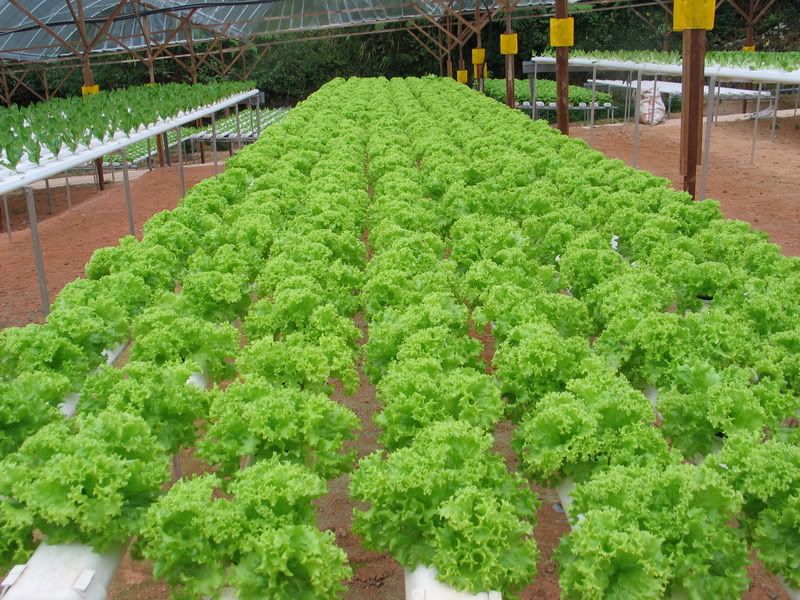
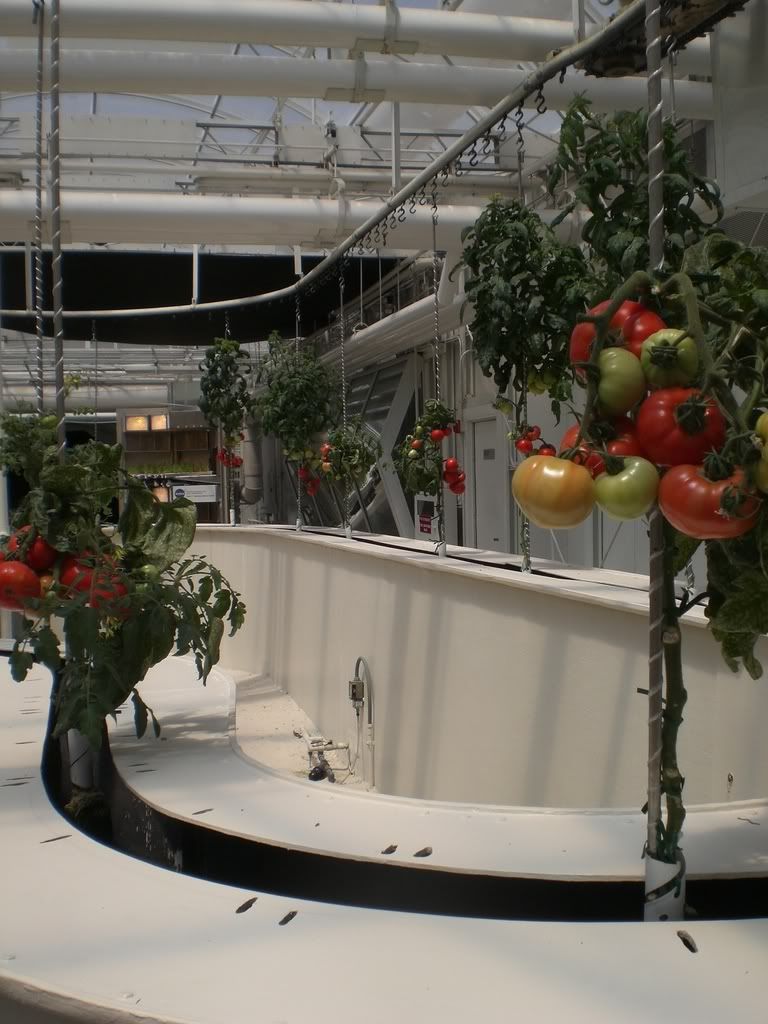
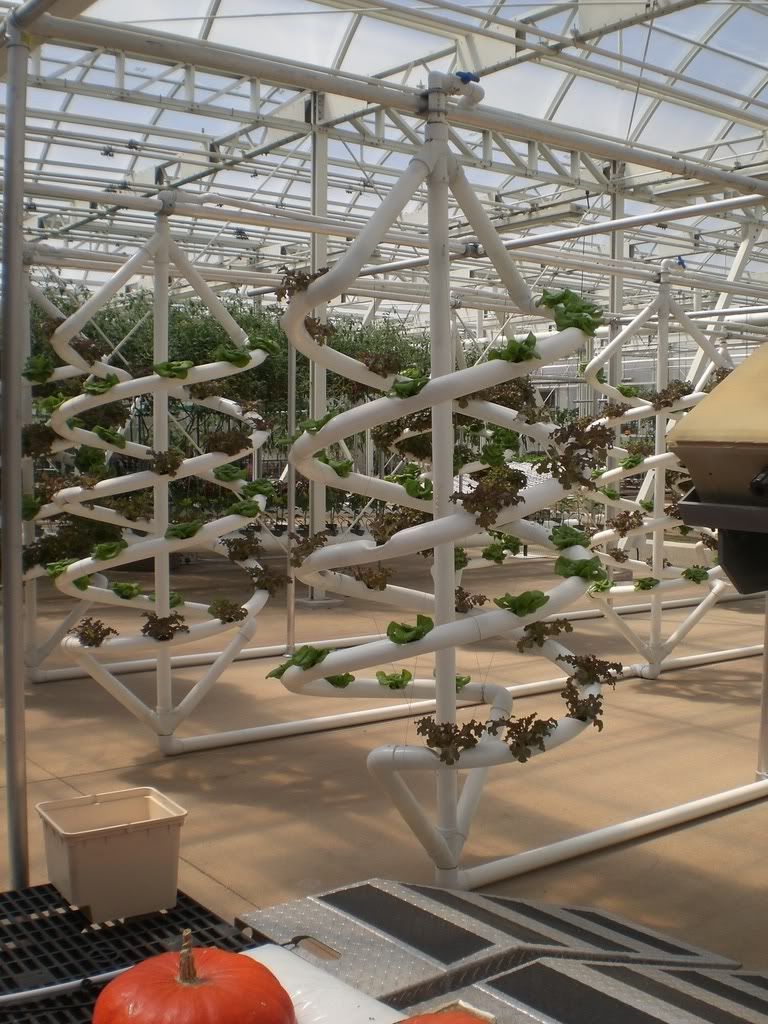
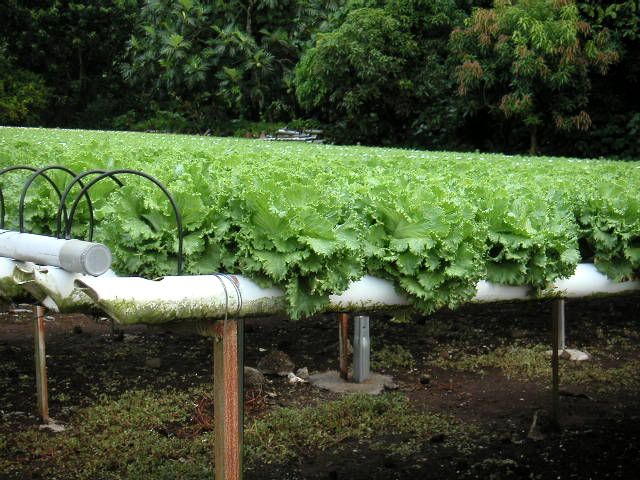
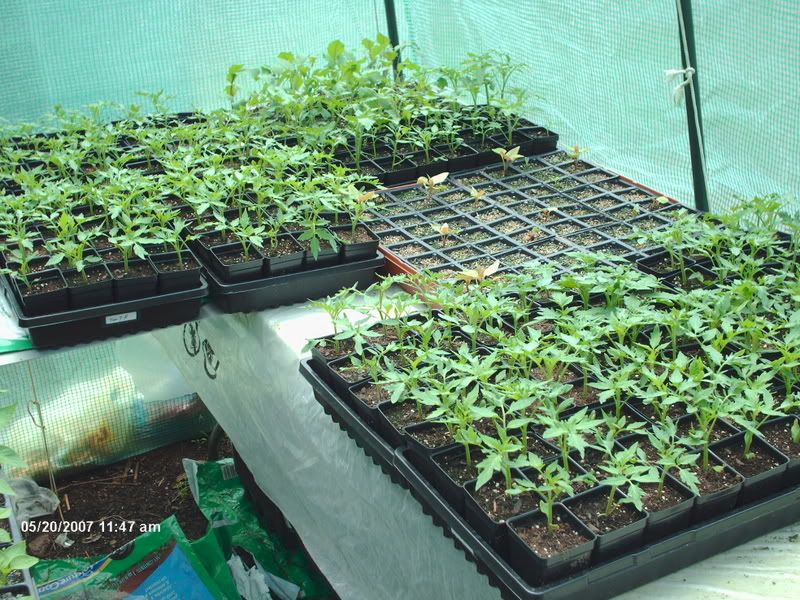
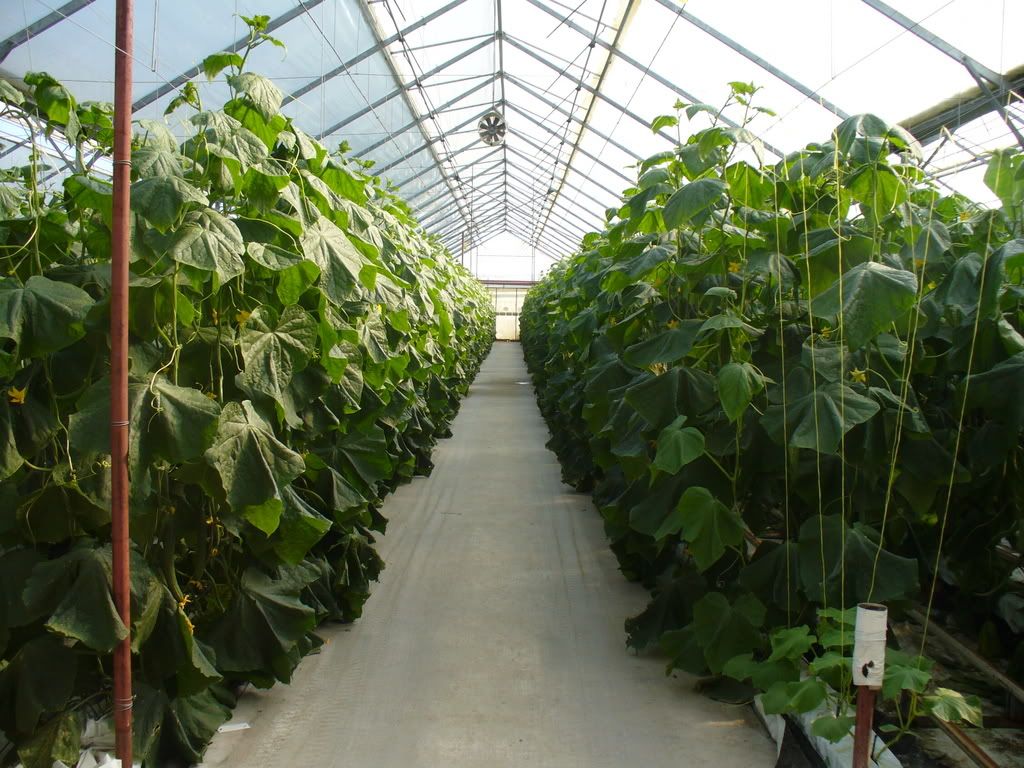
No comments:
Post a Comment